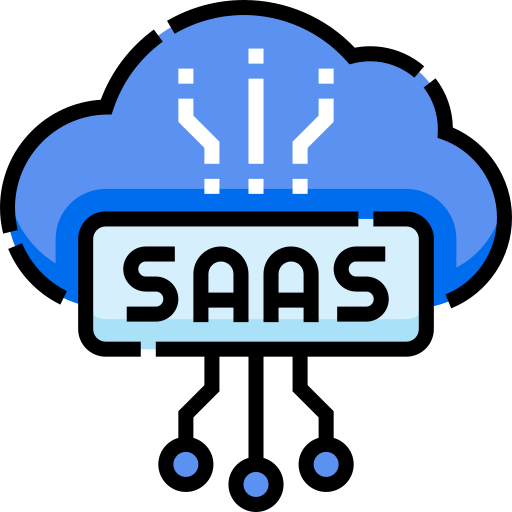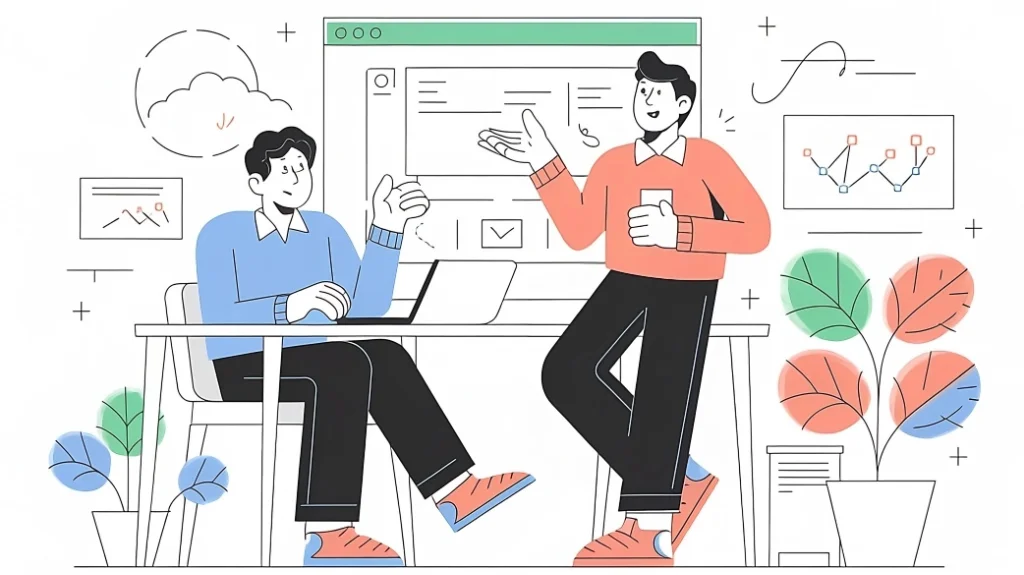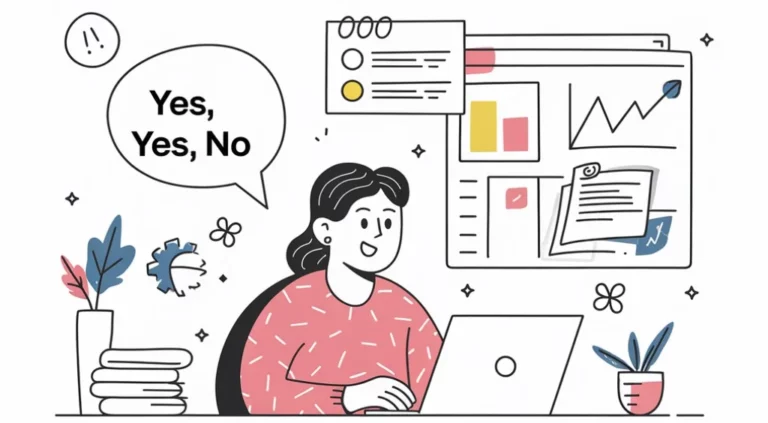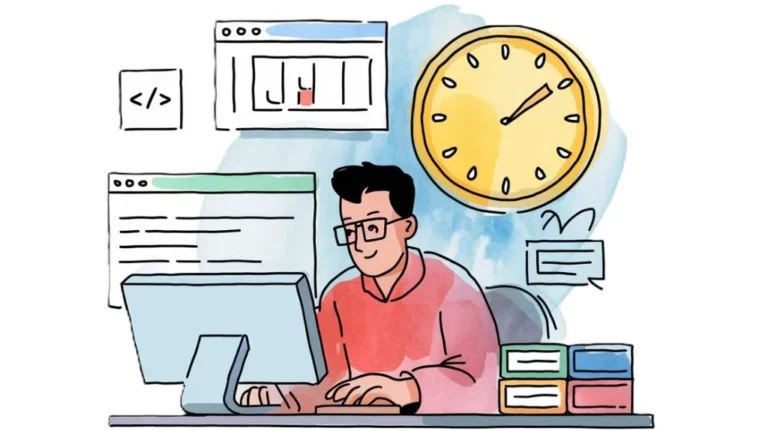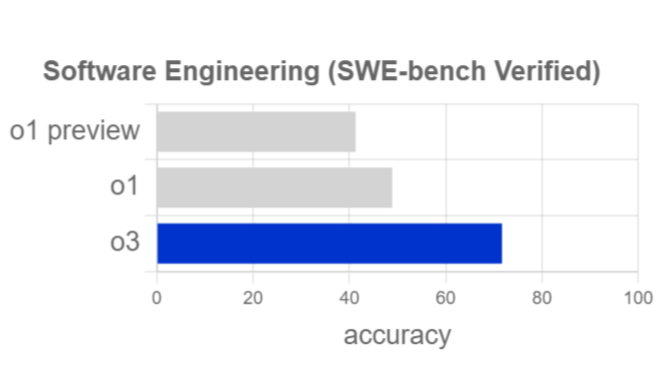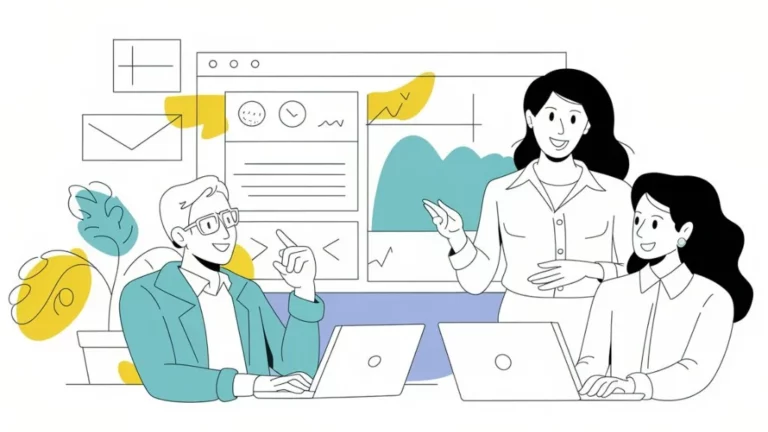Solo entrepreneurs diving into the world of SaaS products often grapple with a significant hurdle: securing those initial paying customers. It's a classic "chicken or egg" scenario – you need users to refine your product, but you need a refined product to attract users. This article will dissect the most effective strategies, backed by data and practical advice, to help you bridge that gap and turn your vision into a revenue-generating reality.
Why Is Traffic The Lifeblood of Your SaaS Venture?
Think of your website as a store – if no one walks through the door, there are no sales. It's as simple as that! No matter how groundbreaking your SaaS product might be, it needs visitors to test its potential and iterate based on their interaction. Statistics show that a staggering 63% of businesses struggle to generate sufficient traffic and leads (HubSpot, 2022). That's a pretty big hurdle, but it also shows you're not alone in this challenge!
Actionable Steps for Driving Traffic:
- Strategic Paid Advertising: Don't feel like you have to break the bank to start. Begin with a modest budget of around $100-$300, spreading it across platforms like Meta (Facebook/Instagram), Reddit, and TikTok. The goal here isn't to dominate, but to experiment and figure out where your ideal audience hangs out.
- Reddit Ads: Fantastic for reaching highly specific, niche audiences. However, be prepared to craft 10-15 unique ads, each with its own tailored landing page to resonate with diverse subreddits.
- Meta Ads: These can be remarkably affordable and offer robust targeting options, allowing you to reach very specific demographics.
- TikTok Ads: An emerging powerhouse, providing cost-effective opportunities for creative and engaging outreach. If your product is visually appealing or resonates with a younger demographic, TikTok could be a goldmine.
- Harness the Power of Organic Reach: Don't underestimate the value of free marketing. Regularly share updates and insights about your product on platforms like Twitter, LinkedIn, or Product Hunt to attract early adopters. Focus on clearly communicating the problem your product is designed to solve, which will often resonate with those experiencing the pain points you address.
How Can You Decipher User Behavior Without Direct Feedback?
Okay, you've managed to get people to your site – great job! But getting direct feedback through email can feel like shouting into a void. People are busy and often reluctant to take time to provide feedback. Research reveals that 91% of consumers are more likely to engage with brands that offer personalized recommendations (Accenture, 2021). The trick here is to learn their behavior, and then personalize their experience, which is a lot easier to do.
Tools for Understanding User Behavior
- Google Analytics 4 (GA4): This is your free go-to for tracking crucial information like user demographics, browsing behavior, and conversion rates.
- Microsoft Clarity: This free tool provides heatmaps and session recordings, allowing you to observe exactly how visitors interact with your website. It's like watching over their shoulder without being creepy!
- Other Options: Don’t be afraid to explore paid alternatives like Hotjar, Zoho, and Datadog for more comprehensive insights. Each offers its own set of bells and whistles.
Key Metrics to Keep an Eye On:
- Bounce Rate: A high bounce rate is a red flag. It suggests your landing page isn’t captivating your audience. Consider if your value proposition is clear enough.
- Session Duration: Are users spending time exploring your site, or leaving instantly? This tells you how engaging your content is.
- Click Patterns: Are people clicking where you expect? This can highlight confusing navigation elements or underperforming call-to-action buttons.
What Are Common Pitfalls That Cause Users to Abandon SaaS Products?
Users have extremely high expectations these days. If they perceive inefficiencies, encounter bugs, or don't perceive your site as professional, they’re likely to abandon your product quickly. In fact, 88% of users are less likely to return after a negative user experience (UXCam, 2023). That’s a sobering statistic that reinforces the importance of a polished, user-friendly experience.
Actionable Steps to Prevent User Drop-Off:
- Refine Your Landing Page: Your landing page is your first impression. Ensure it explicitly addresses user pain points. If your ad promises "Boost Productivity with Our SaaS Tool," your landing page must immediately demonstrate how. Don’t leave them guessing!
- Prioritize Core Functionality: Forget the fancy bells and whistles (for now). Early users want a reliable solution that does its core job effectively. Focus on fixing bugs, streamlining core functionalities, and making sure things work.
- Incentivize Feedback: Offer discounts, free trials, or credits in exchange for detailed user feedback. People love a good deal, and this can be a great way to gain insightful feedback to help you perfect the experience.
How Can A/B Testing Be a Game Changer For Conversion Rates?
A/B testing is like having a superpower – it lets you see what works and what doesn’t, objectively. By comparing two versions of your website, ads, or emails you can fine-tune your approach. Invesp reports that companies that use A/B testing see an average conversion rate improvement of 49%. That's a significant increase just from tweaking and testing!
Getting Started with A/B Testing
- Test One Thing at a Time: Don’t try to change everything at once. Focus on testing individual elements like headlines, call-to-action buttons, or pricing tiers. This isolates the cause and effect.
- Leverage A/B Testing Tools: Use a popular platform that simplifies and automates the A/B testing process.
- Analyze Results: After your test, carefully analyze the data to see which variation performed better, be it in engagement, conversion, or other goal that is set up for the test.
Real-Life Example: A friend of mine discovered, by using heatmaps, that users were repeatedly clicking on images that were not linked to anything. Once they were linked to relevant pages, the business saw a 32% increase in conversions. Proof that even small tweaks can make a massive difference.
Is Paid Ads or Organic Growth the Better Strategy for You?
This depends on your budget and audience. Paid ads are faster, but can be more costly. Organic growth takes time, but builds long-term trust and brand loyalty. There's no one-size-fits-all answer.
Pro Tips for Paid Ads:
- Segment Your Ad Budget: Start with an allocation of $100 for each of Meta, Reddit, and TikTok ads. Use this to identify the most effective platform for your target market.
- Platform-Specific Landing Pages: Tailor your landing page message to match the tone and promise of your ad. A one-size-fits-all approach doesn't cut it.
Organic Growth Strategies:
- LinkedIn: If your product targets B2B customers, engage with them on LinkedIn, as that's where they're likely spending time.
- Twitter: Share milestones and behind-the-scenes updates on Twitter to build a personal connection with your audience. People appreciate transparency.
How Can You Make Smarter Decisions With Analytics?
Analytics tools are your secret weapon. They reveal where users drop off, what features are popular, and how users are engaging with your website. This type of data enables you to make informed decisions, instead of guessing.
Recommended Analytics Tools:
- Google Analytics: Analyze traffic sources, user demographics, and a whole bunch of other insightful data.
- Hotjar: Track clicks, taps, and scrolling behavior. This is a visual tool that shows you what areas of your site are being engaged with most.
- Microsoft Clarity: A free alternative to Hotjar, with awesome session replay functionality.
Case Study: SaaS founders used analytics to identify that most users left after viewing the pricing page. By adding a limited-time discount directly on the pricing page, they increased conversions by 27%. The moral of the story: Don't neglect your analytics!
Why Should You Embrace Pivoting as a Path to Success?
Even the best ideas sometimes need to evolve. Look at Instagram – it started as a location-based check-in app, but morphed into the photo-sharing giant it is today. This type of iteration is vital.
Steps to Pivot Effectively
- Analyze Feedback: Pay close attention to recurring pain points or feature requests from your users. Listen to what they are actually asking for.
- Experiment Rapidly: Launch small updates to test new features or directions. Don’t be afraid to try new things, or tweak elements of the product.
- Stay Resilient: Remember, the majority of successful SaaS companies went through multiple pivots before finding their niche. This is a process, so stay the course, and don't give up!
How Can You Approach Your SaaS Journey with Confidence?
Starting a SaaS business as a solo entrepreneur can be intimidating, but it's also an amazing opportunity. Remember, it's a learning process – not a sprint. Success comes from continuous experimentation, in-depth knowledge of your audience, and a willingness to adapt.
Quick Recap of Key Concepts
- Generate traffic through strategic paid advertising and organic content sharing.
- Utilize analytics to understand user behavior and identify areas for improvement.
- Use A/B testing to fine-tune your website and increase conversions.
- Stay flexible and be open to pivoting your product.
Your first paying customers are out there. So keep experimenting and iterating, and you'll eventually find them! And hey, you're doing awesome, so keep up the great work.
